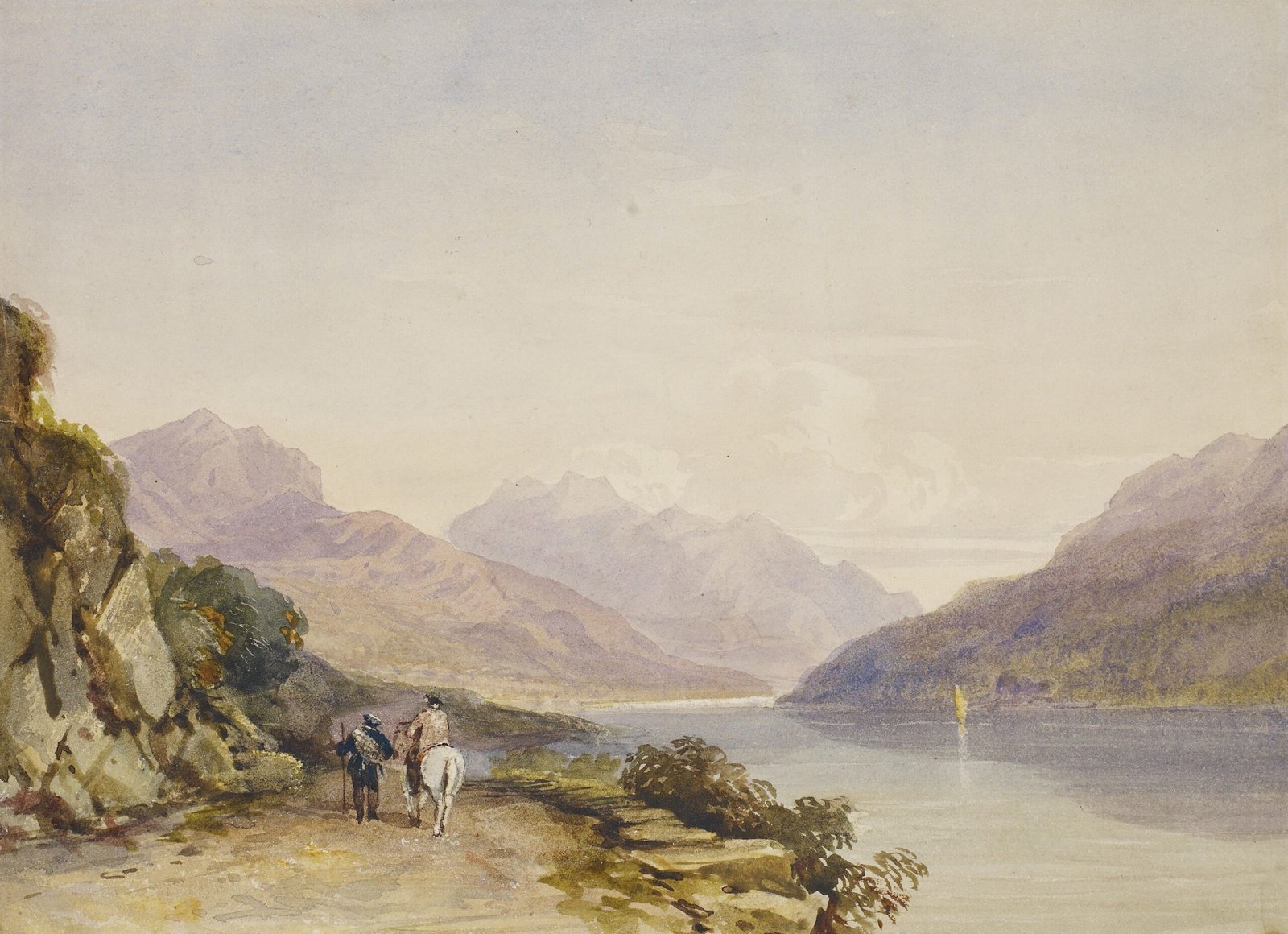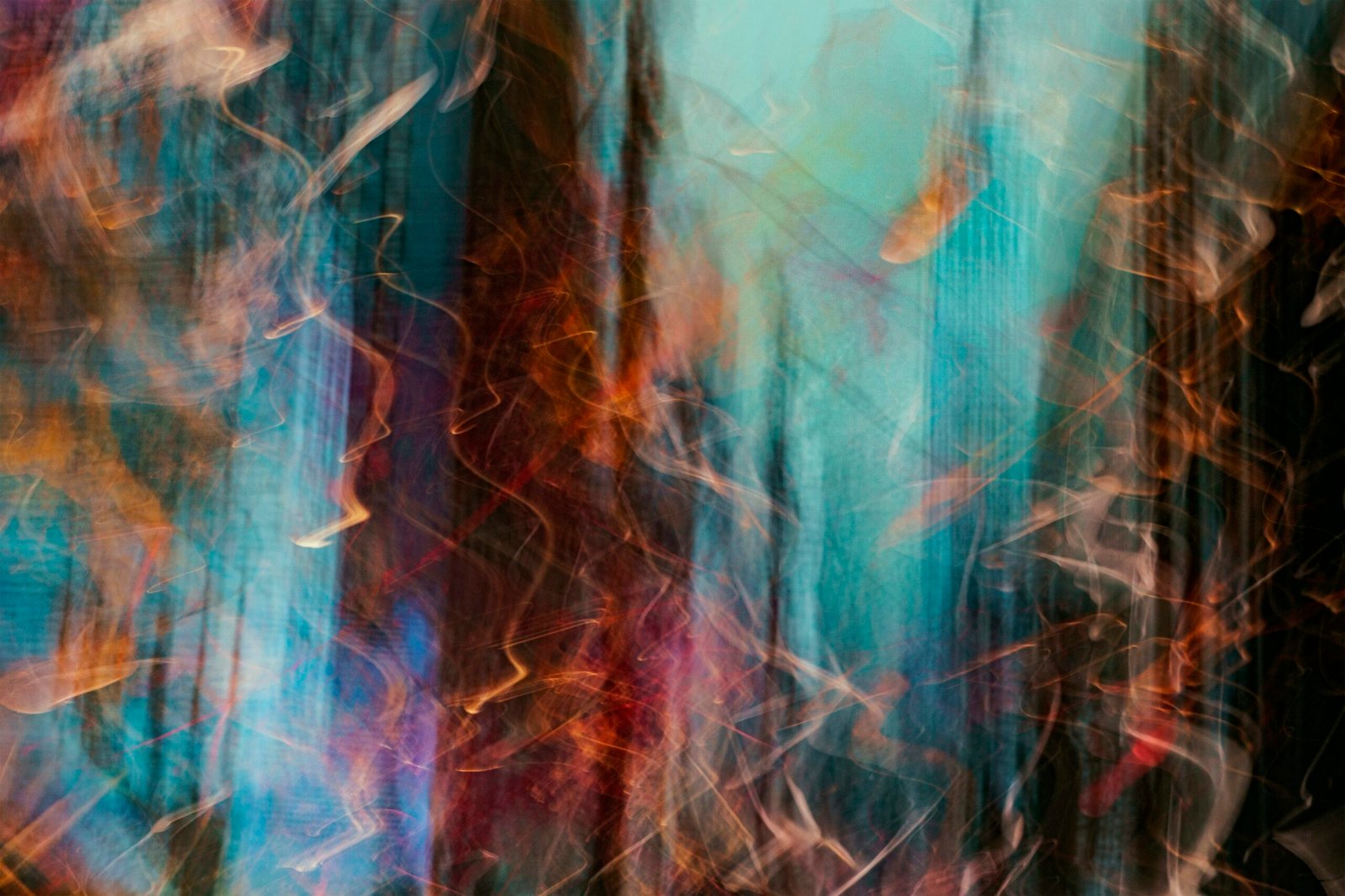In “The Scrutiny Over Financing Indecent Art: N.E.A. Four’s Response,” Karen Finley of the N.E.A. Four takes center stage as she revisits her controversial work “Go Figure” at Art Basel Miami Beach. Back in 1990, Finley and her colleagues sued the National Endowment for the Arts after their funding was withdrawn due to the perceived indecency of their art. The Supreme Court’s decision to uphold a law requiring the N.E.A. to consider “general standards of decency and respect” in their funding decisions sparked outrage and scrutiny. Finley’s work, characterized as “pornographic” and “obscene,” became a lightning rod for the heated debate around arts financing and free speech. Now, on the 25th anniversary of the court decision, Finley’s installation invites the public to participate in a life drawing class with nude models, challenging the exclusivity of art spaces and encouraging viewers to appreciate the virtuosity of artists.
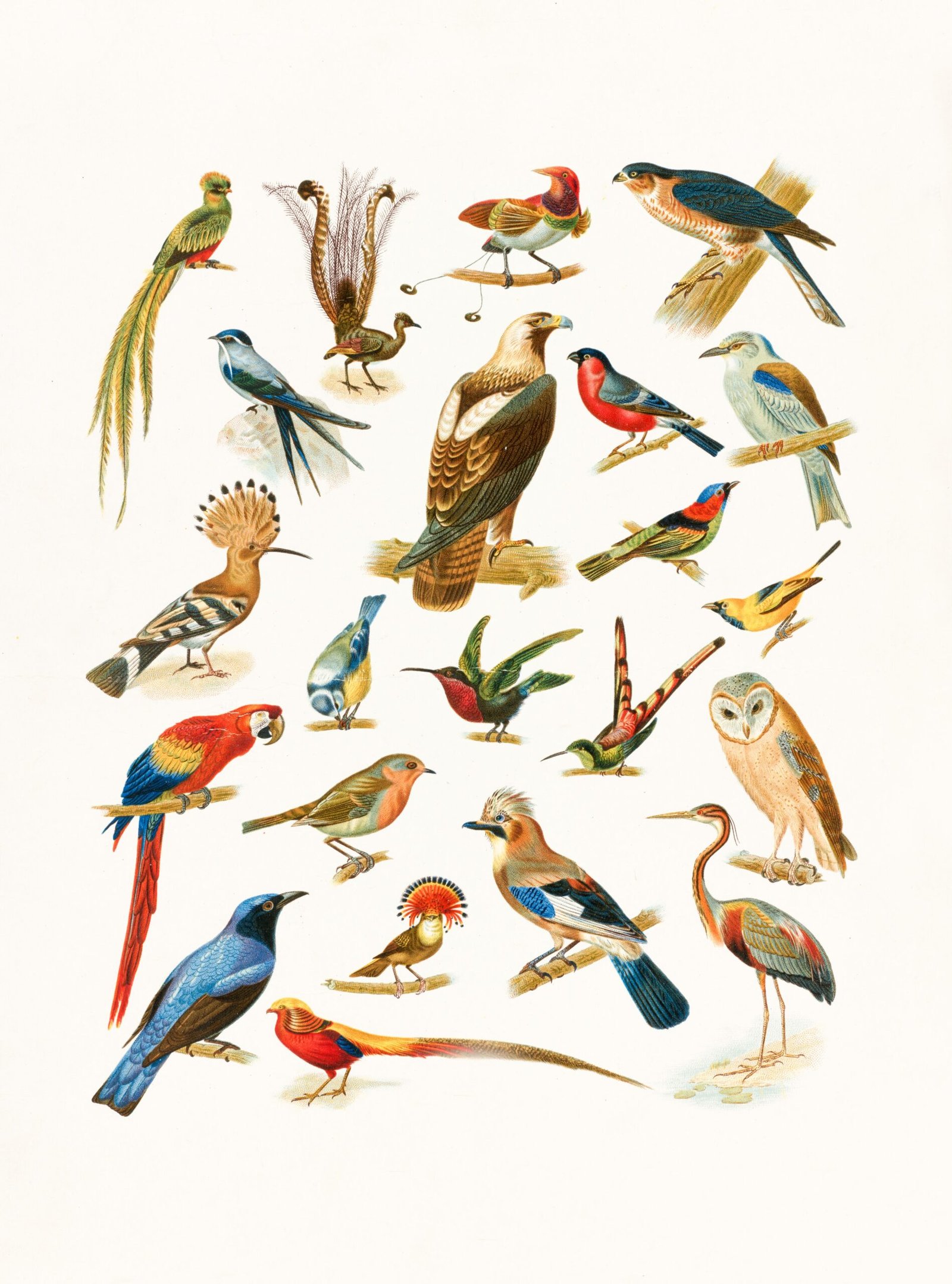
The N.E.A. Four Lawsuit
In 1990, Karen Finley, along with three other artists known as the N.E.A. Four, filed a lawsuit against the National Endowment for the Arts (N.E.A.) after their fellowships were abruptly withdrawn. The lawsuit was a response to the intense scrutiny that arose over funding art that was deemed indecent by the religious right. The N.E.A. Four argued that their First Amendment rights to freedom of speech and expression were being violated. This high-profile case brought to light the tension between artistic freedom and public funding for the arts.
Withdrawal of Fellowships
The N.E.A. Four were recipients of prestigious fellowships from the National Endowment for the Arts, which provided crucial financial support for their artistic endeavors. However, their fellowships were abruptly withdrawn, leaving them without the financial means to continue their work. The N.E.A. justified their decision by claiming that the artists’ work was obscene and went against the standards of decency. This withdrawal of fellowships sparked a national conversation about the role of government funding in supporting controversial and provocative art.
Response to Scrutiny
In response to the scrutiny they faced, Karen Finley and the other three artists argued that their work should be protected under the First Amendment. They claimed that their artistic expressions were meant to challenge societal norms and provoke thoughtful discussion, rather than being gratuitously obscene. The N.E.A. Four contended that government funding should not be used as a means of stifling dissent and limiting artistic freedom. Their lawsuit brought the issue of government censorship of art into the public consciousness and raised important questions about the separation of art and politics.
Criticism of Indecent Art
One of the central criticisms against Karen Finley’s work, particularly her piece “Go Figure,” was that it was labeled as pornographic and obscene. “Go Figure” involved Finley covering her body with chocolate frosting and red candies, blurring the lines between food, sensuality, and performance art. Critics argued that Finley’s work went beyond the boundaries of acceptability and pushed the limits of decency. This criticism fueled the controversy surrounding the N.E.A. Four and their battle for artistic freedom.
The Supreme Court Ruling
The Supreme Court ruling on the N.E.A. v. Finley case had far-reaching implications for the funding decisions of the National Endowment for the Arts. The court upheld a law that required the N.E.A. to consider “general standards of decency and respect” when allocating funds for artistic projects. This ruling introduced a level of subjectivity and moral judgement into the funding process, which critics argued had a chilling effect on artistic expression. The decision also gave the N.E.A. the power to deny funding to works that were deemed inappropriate or offensive, raising concerns about censorship and limited support for provocative art.
Consideration of General Standards
The Supreme Court’s decision to consider “general standards of decency and respect” when determining funding decisions introduced ambiguity into the process. What constitutes decency and respect becomes a subjective matter that can be influenced by political, religious, or societal biases. Critics argued that this subjective evaluation of artistic merit allowed for censorship and limited funding of art that pushed boundaries or challenged societal norms. The ruling perpetuated the notion that controversial or provocative art should be excluded from public support, leading to an environment where artists had to self-censor to secure funding.
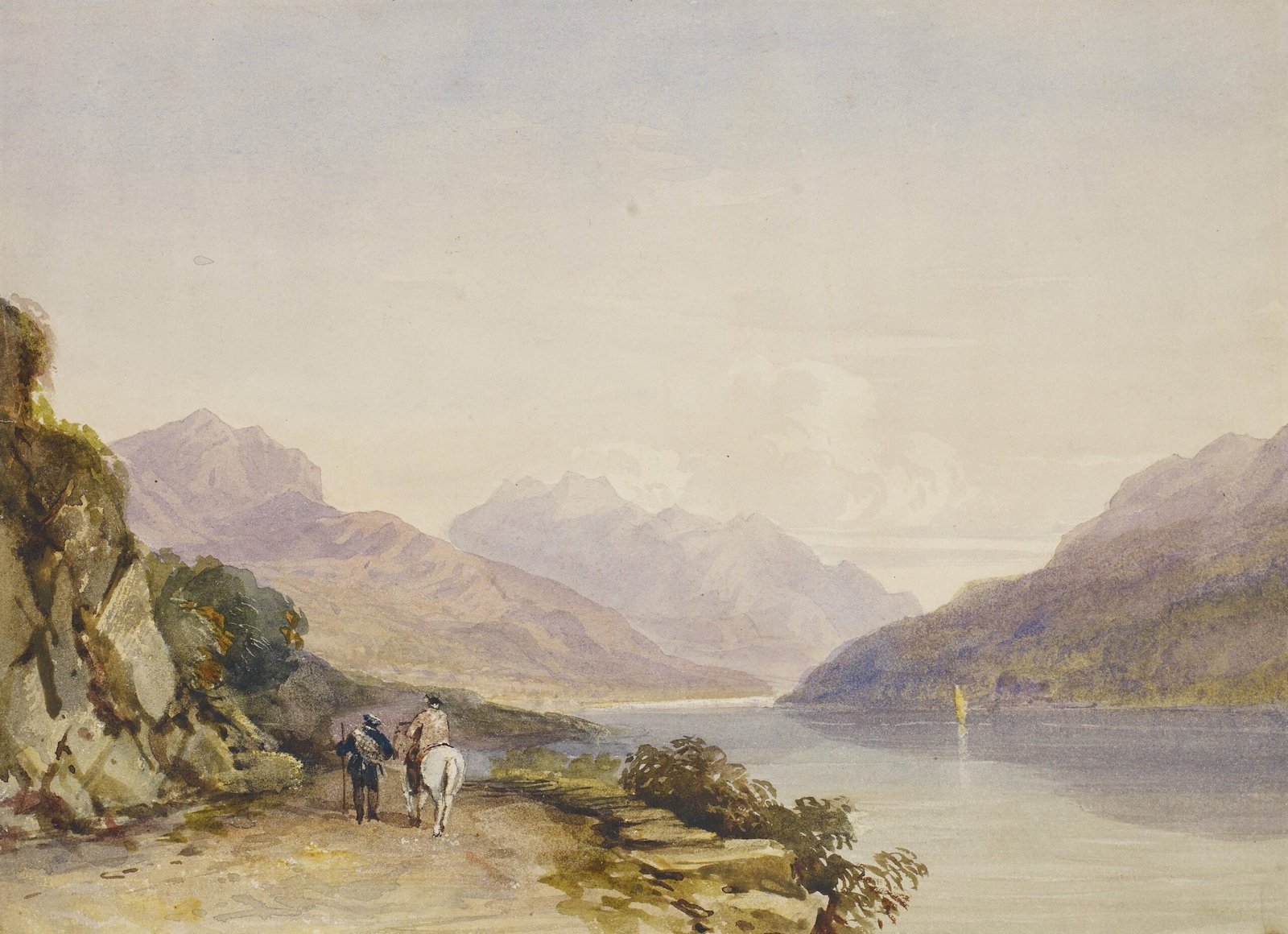
Impact on Funding Decisions
Following the Supreme Court ruling, the impact on funding decisions by the N.E.A. became apparent. Projects and artists that pushed boundaries or explored controversial subject matter found it increasingly difficult to secure government funding. The fear of offending sensibilities and the risk of being deemed indecent forced many artists to create work that was safe and conforming, rather than risk losing funding for their projects. This shift in funding decisions created a climate of self-censorship and limited the diversity of voices and perspectives in publicly-funded art.
Revisiting ‘Go Figure’
Karen Finley’s work, “Go Figure,” is gaining renewed attention as she revisits it at Art Basel Miami Beach. The artwork invites the public to participate in a life drawing class with nude models, challenging taboos surrounding nudity and human form. As the 25th anniversary of the N.E.A. v. Finley decision approaches, Finley’s showcasing of “Go Figure” serves as a reminder of the ongoing battle for artistic freedom.
Description of the Artwork
“Go Figure” by Karen Finley is a provocative and subversive piece of performance art. It involves a life drawing class where participants have the opportunity to draw nude models. By blurring the line between art and participation, Finley encourages viewers to question societal expectations and taboos surrounding nudity. Through this piece, she challenges the audience to confront their own discomfort and preconceived notions about the human form.
Presentation at Art Basel Miami Beach
Art Basel Miami Beach provides the perfect platform for Karen Finley to present “Go Figure” to a diverse and international audience. This renowned art fair brings together artists, collectors, and art enthusiasts from around the world, creating a vibrant and receptive atmosphere for thought-provoking and controversial art. Finley’s inclusion of “Go Figure” in this prestigious event not only draws attention to her work but also reignites the discussion on art, censorship, and freedom of expression.
Anniversary of N.E.A. v. Finley Decision
The timing of Finley’s presentation of “Go Figure” is significant. As the 25th anniversary of the N.E.A. v. Finley Supreme Court decision approaches, Finley’s work serves as a reminder of the impact that case had on the art world. The controversy surrounding her art and the subsequent legal battle had far-reaching consequences for public arts funding and the limits of artistic expression. By revisiting “Go Figure” on this anniversary, Finley aims to keep the conversation alive and ensure that the struggle for artistic freedom is not forgotten.
Impact on Public Arts Funding
The N.E.A. v. Finley case had a profound impact on public arts funding in the United States. In the aftermath of the lawsuit and the Supreme Court ruling, significant changes took place in the allocation of funds for artistic projects.
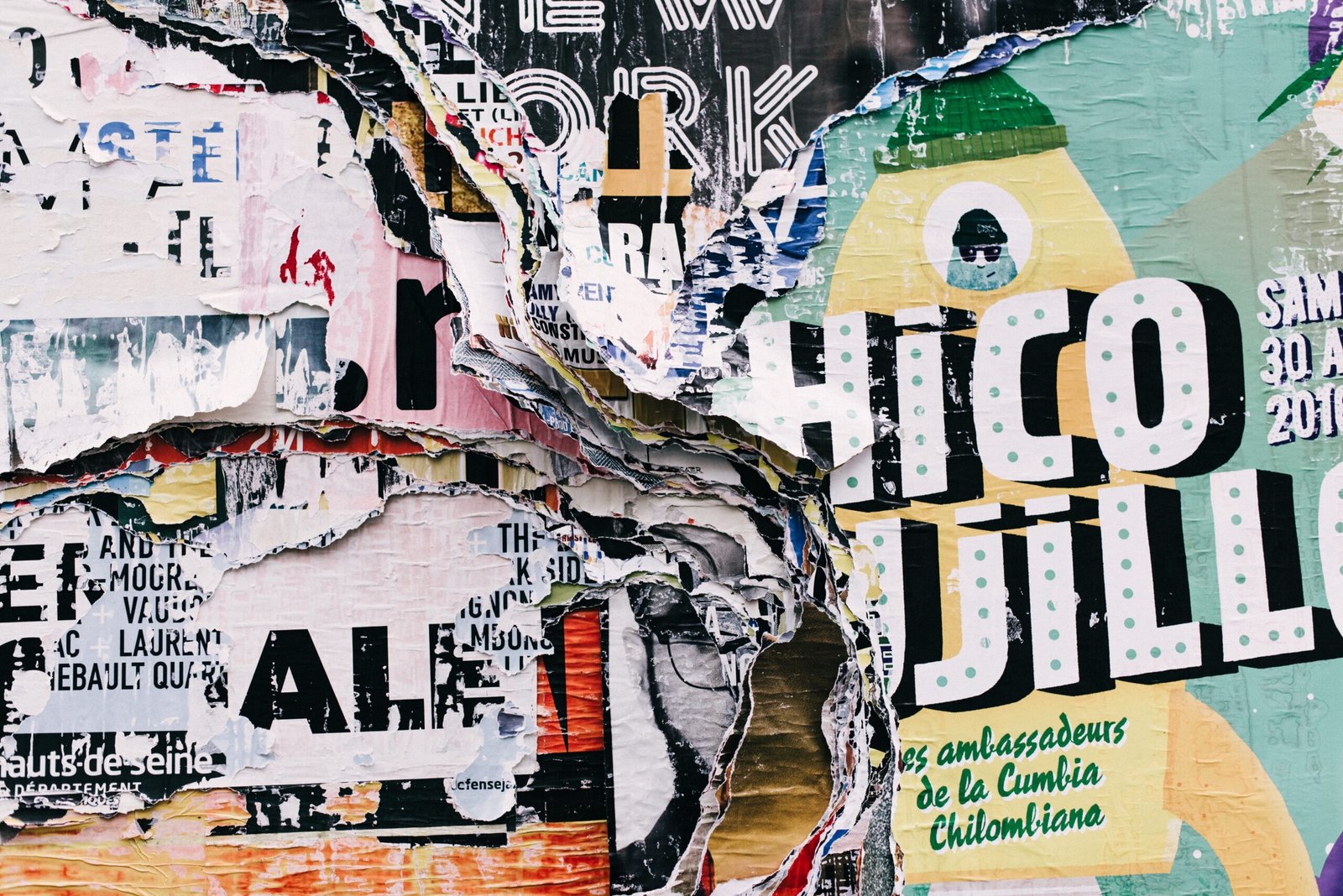
Changes in Funding
One of the immediate consequences of the N.E.A. v. Finley case was a shift in the way the National Endowment for the Arts allocated its funds. The court’s decision to consider “general standards of decency and respect” gave the N.E.A. the authority to deny funding to projects that were deemed inappropriate or offensive by these subjective standards. This led to a more cautious approach in selecting projects for funding, resulting in a bias towards safe and conventional art. Artists whose work challenged societal norms or addressed controversial subjects found it increasingly difficult to secure funding, which stifled creativity and diversity in the public arts.
Privatization of Arts Funding
Another long-term impact of the N.E.A. v. Finley case was the increasing privatization of arts funding. With the limitations imposed by the Supreme Court’s ruling, many artists and arts organizations turned to private donors and foundations for financial support. By seeking private funding, artists gained more freedom to create provocative and challenging work without the fear of censorship or losing financial support. However, this shift to privatization created an uneven playing field, favoring those with connections and access to private networks, while leaving many artists without the resources they needed to pursue their artistic visions.
Culture Wars in Florida
Florida has been a battleground for the culture wars that have played out over issues of gender transgression, race, and critical race theory.
Controversial Issues
Florida has frequently experienced heated debates over contentious issues related to art and culture. The state’s diverse population, conservative political climate, and active religious organizations contribute to the intensity of these culture wars. From challenges to LGBTQ+ rights and discussions surrounding Confederate monuments to debates over the teaching of critical race theory in schools, Florida has been a microcosm of the broader societal tensions and divisions surrounding these topics.
Gender Transgression and Race
Artists like Karen Finley, who explore gender transgression and race in their work, have often faced opposition and controversy in Florida. The willingness to tackle these subjects head-on has made artists targets for conservative backlash, leading to challenges to public funding and even threats to their personal safety. The culture wars in Florida have served as both a test and a testament to the power of art to provoke and challenge society’s deeply held beliefs.
Critical Race Theory
The discussion surrounding critical race theory has become one of the focal points of the culture wars in Florida. The debate centers around the teaching of systemic racism and the acknowledgment of historical injustices in educational curricula. Artists who address these themes through their work find themselves at the center of these controversies. The N.E.A. v. Finley case and its aftermath have heightened these discussions, further fueling the culture wars and the battle for artistic freedom.
Effect on Karen Finley
The N.E.A. v. Finley case had a significant impact on Karen Finley and her career as an artist.
Career Impact
The lawsuit and the subsequent public attention catapulted Karen Finley into the national spotlight. While the case was a challenging and emotionally taxing ordeal for Finley, it also opened doors for her to reach a broader audience. Her provocative and unapologetic exploration of gender, sexuality, and societal norms resonated with many, and she became a prominent figure in the art world. Despite the scrutiny and challenges she faced, Finley’s career flourished, and she continued to create bold and thought-provoking work.
Becoming a Free Speech Symbol
Karen Finley’s involvement in the N.E.A. v. Finley case elevated her status to that of a symbol for free speech. Her battle for the right to express herself through her art, regardless of how controversial it may be, made her a figurehead for artists fighting against artistic censorship. Finley’s resilience and determination to push boundaries and challenge the status quo have earned her a place in the history of free expression and activism.
Democratizing an Exclusive Space
Karen Finley hopes to use her art to challenge viewers and democratize what has traditionally been an exclusive and elitist space.
Challenging Viewers
Through her installations and performances, Finley aims to confront viewers with uncomfortable truths and challenge their preconceived notions. By unsettling societal norms and expectations, she encourages viewers to question their own beliefs and biases. Finley’s work pushes beyond the boundaries of convention, demanding the active participation and introspection of the audience.
Appreciation of Artists’ Virtuosity
In her quest to democratize the art world, Karen Finley strives to make the public appreciate the virtuosity and skill of artists. By breaking down the barriers between the art and its audience, she aims to bridge the gap between the two. Finley believes that by immersing oneself in the experience of art and actively engaging with it, one can better understand and appreciate the talent, dedication, and expertise that artists bring to their creations.
In conclusion, the N.E.A. v. Finley case brought significant attention to the issues of artistic freedom, public funding for the arts, and the boundaries of decency and respect. Karen Finley’s work, particularly “Go Figure,” continues to challenge societal norms and provoke meaningful discussions. The impact of this landmark case resonates even today, shaping the landscape of public arts funding and the ongoing culture wars. Karen Finley’s influence as an artist and free speech advocate serves as a testament to the power of art to push boundaries and inspire change. By revisiting her work and engaging with the public, she hopes to create a more inclusive and diverse art world that celebrates and values artistic expression in all its forms.

